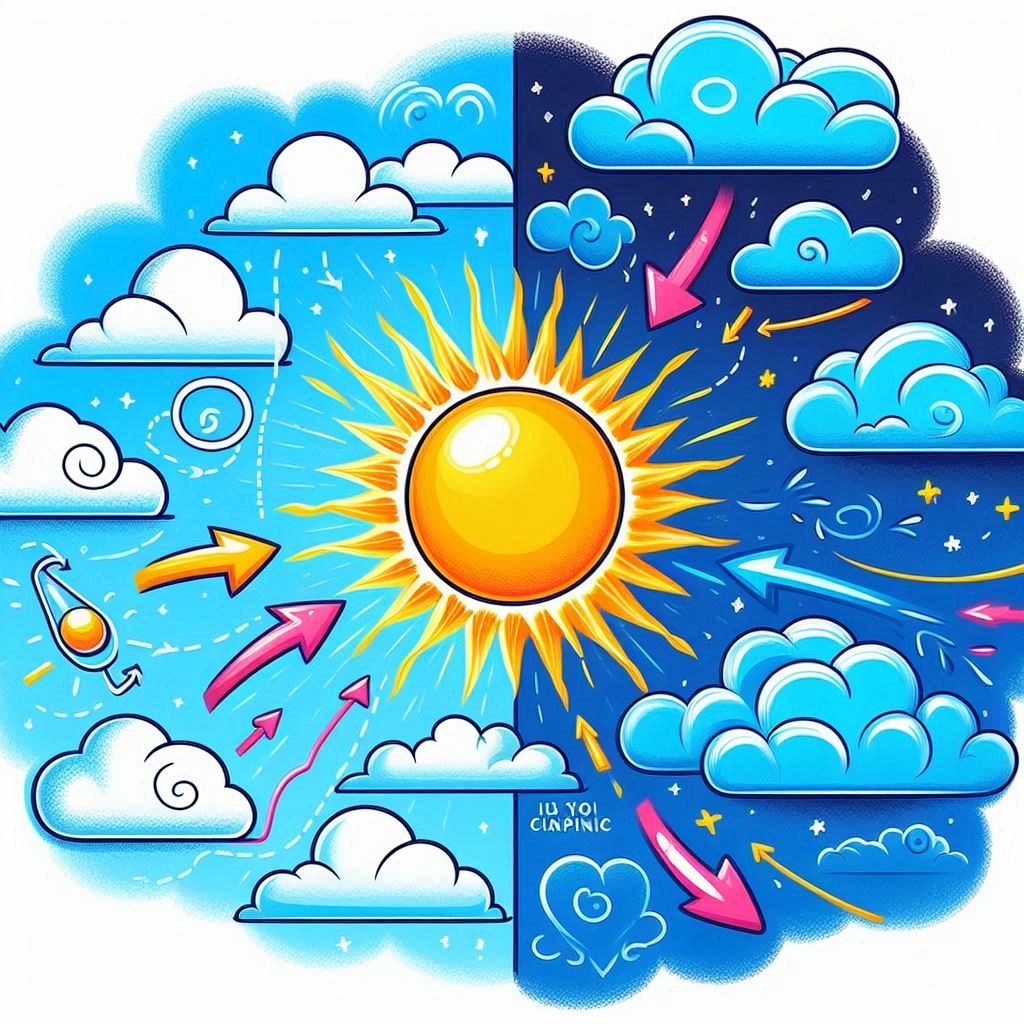Have you ever wondered why the sky is blue? It’s such a common sight, yet the reason behind it might surprise you. The answer lies in how sunlight interacts with Earth’s atmosphere. When sunlight reaches our planet, it’s made up of many colors — the same colors you see in a rainbow. But the sky isn’t a mix of all those colors; instead, it looks blue. Let’s break down why that happens in a simple way.
Sunlight travels through space as white light, which is actually a combination of all the colors in the visible spectrum. When this light enters Earth’s atmosphere, it meets tiny particles like oxygen and nitrogen molecules. These particles scatter the sunlight in all directions, but not all colors scatter equally. Blue light has a shorter wavelength and higher frequency than most other colors, which makes it scatter more easily.
This scattering of blue light in every direction is called Rayleigh scattering, named after the scientist who first explained it. Because blue light spreads out more, it’s the color we see filling the sky above us during the day. Meanwhile, colors like red and yellow, which have longer wavelengths, pass through the atmosphere more directly and don’t scatter as much.
Interestingly, this also explains why sunsets often appear red or orange. When the sun is low on the horizon, its light has to travel through more atmosphere, which scatters away the shorter blue and green wavelengths, leaving the longer red and orange colors to dominate the sky.
So, the next time you look up and see a beautiful blue sky, remember it’s the tiny particles in the air playing with sunlight — scattering blue light all around us and giving our sky that brilliant color.
Understanding why the sky is blue not only satisfies our curiosity but also connects us with the amazing science happening all around us, every single day.

Leave a Reply